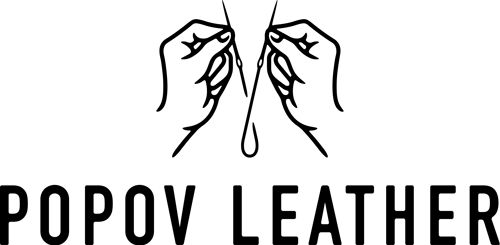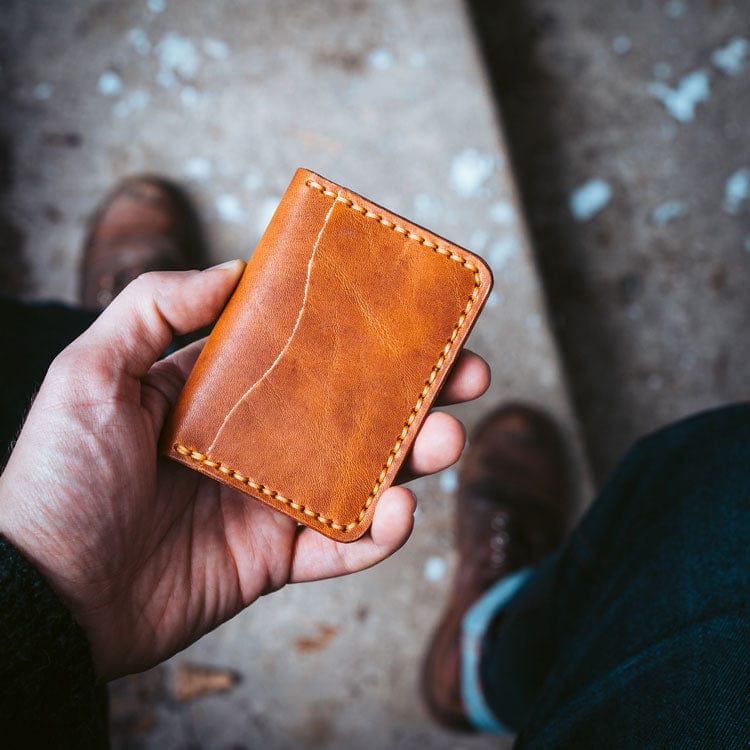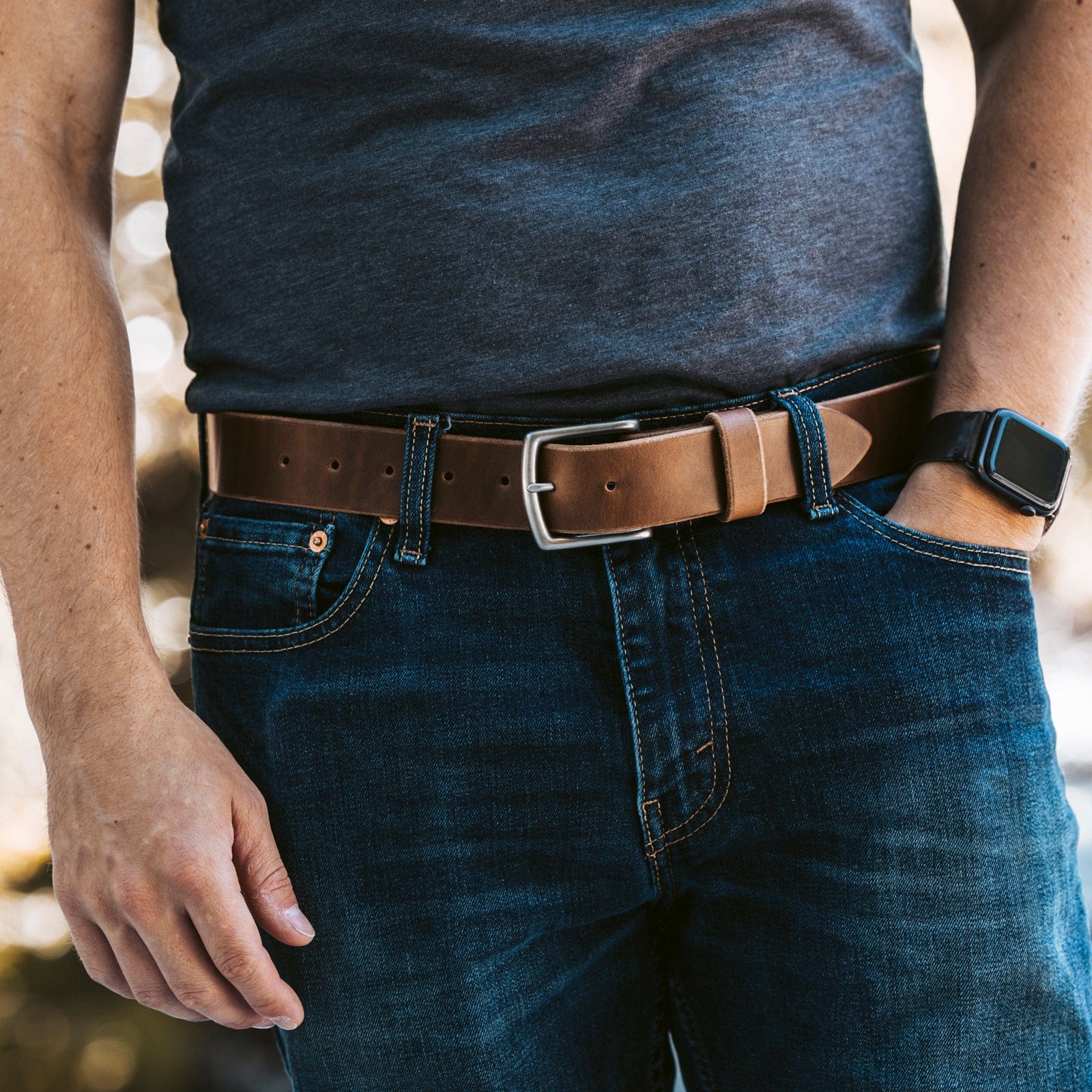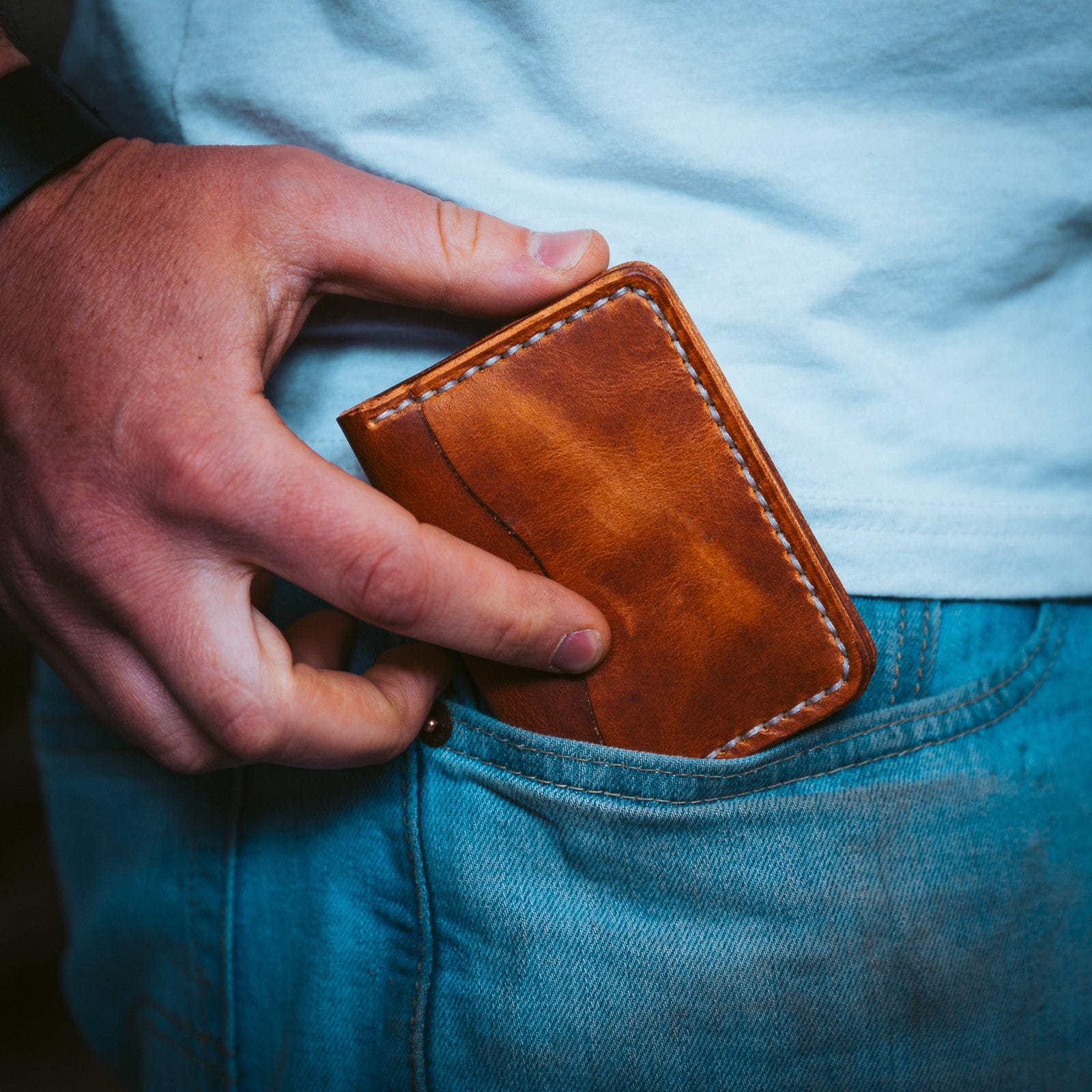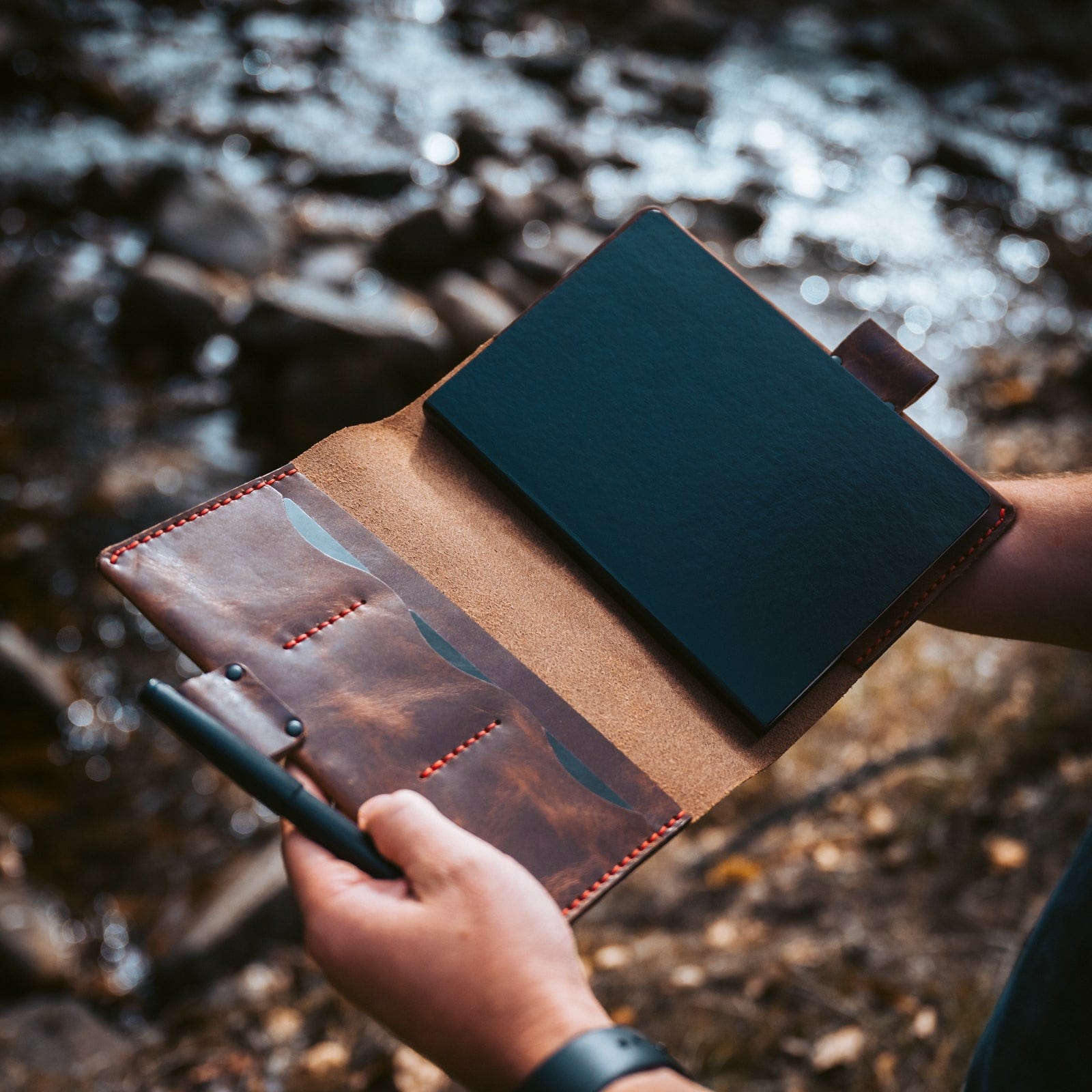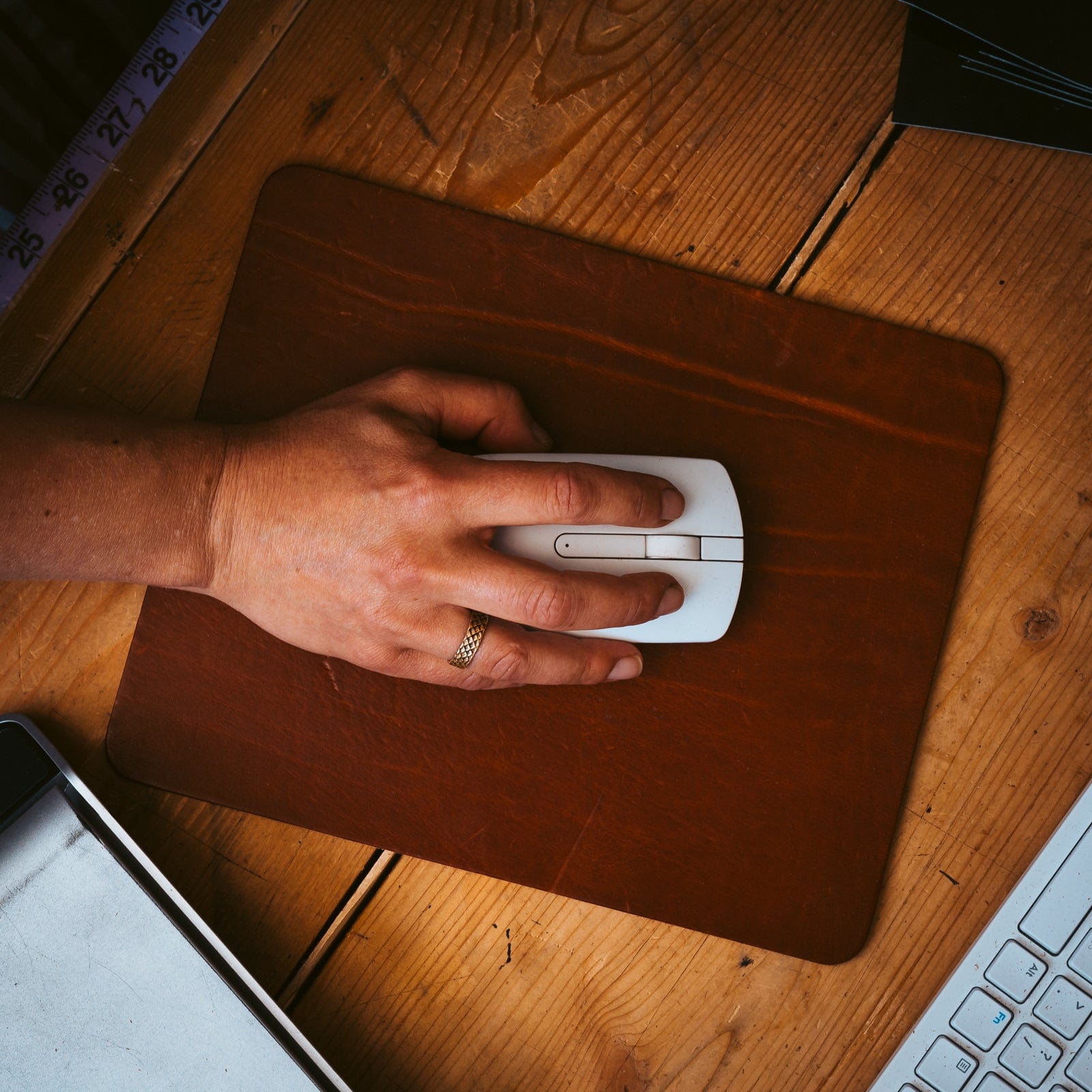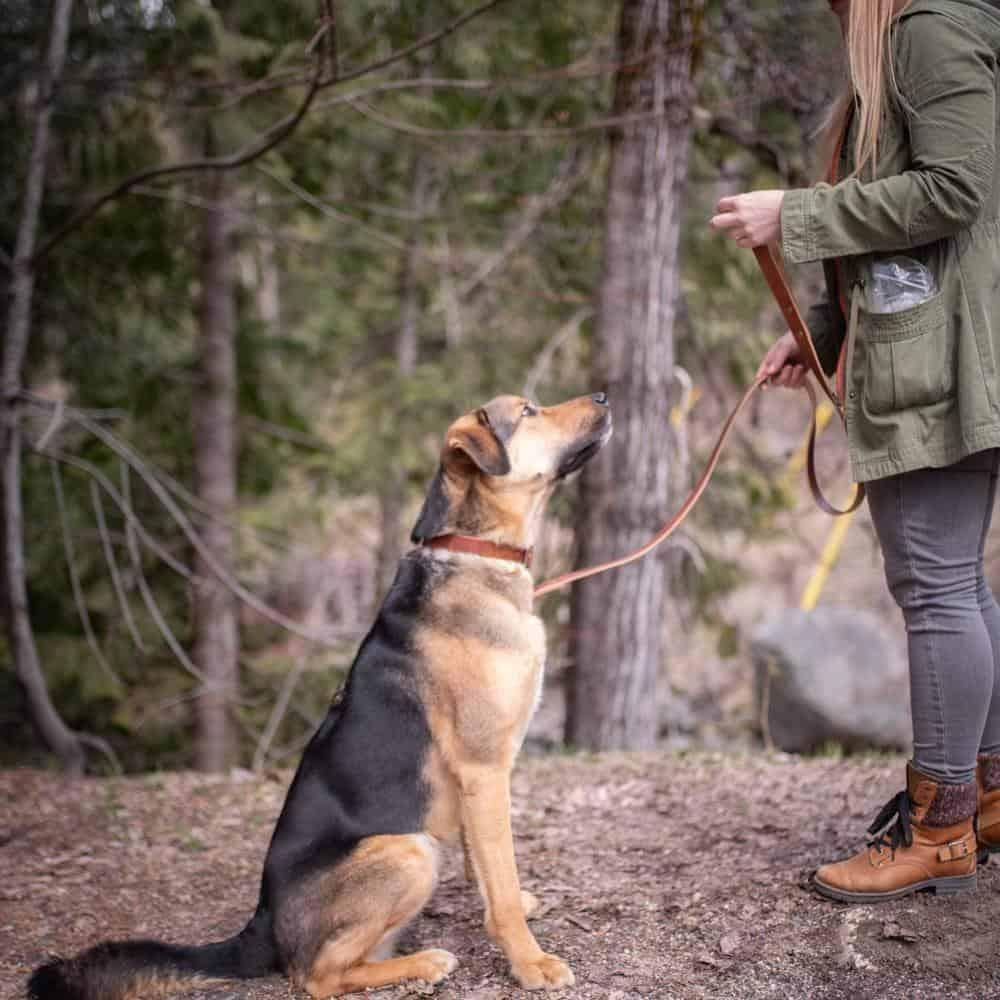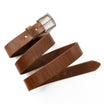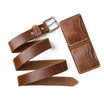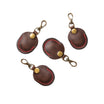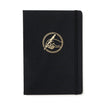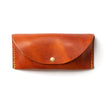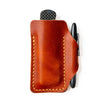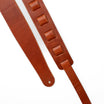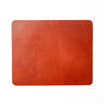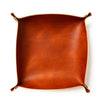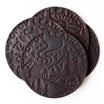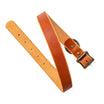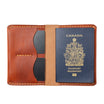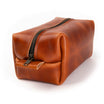Leather Production
The entire leather production is a lengthy process that involves converting rawhide to leather so as to make it viable for human use.
Below are the most important stages in the process:
1. Preservation

After the animal is slaughtered, the rawhide is preserved by salting, drying, or freezing before it gets to the tannery.
However, this step is not mandatory if the tannery is very close to the slaughterhouse.
2. Beam House Operations
The second stage involves preparing the rawhides for tanning, otherwise known as beam house operations or wet production.
At this stage, the hide goes through processes such as:
- Soaking: The hides are left to soak in clean water for several hours, even up to days. The aim of this step is to rehydrate the hide and remove excess dirt or salt.
- Liming: The hides are soaked in liming drums containing a solution of lime and sulfur compounds. The process aims to remove any unwanted hair from the hide. The resulting product is a greasy hairless hide, often due to the hide’s high-fat content. (Learn more about liming here).
- Fleshing: It involves passing the hide into a machine that removes excess flesh also called glue stock.
- Splitting: It’s the process of cutting the hide into two or more horizontal layers to achieve a uniform thickness. The top layer produces a fine, smooth grain layer while the bottom layer produces split leather or is used for making suede leather.
- Pickling: It involves the application of salt solutions or weak acids to the hide since tanning requires the hide to be a bit acidic.
3. Tanning
Tanning involves transforming the hide’s collagen fibers into leather. Learn more about the process here.
4. Neutralizing
Neutralizing is done to remove residuals from any of the initial chemical applications. Additional tanning (or re-tanning) may also be done at this stage to create a certain style or texture in the finished leather product.
5. Shaving

Leather must reach a desired thickness in the tannery before making a product. The leather is first split on a splitting machine and then shaved using a shaving machine (as shown above) having different knives arranged in a spiral manner.
The machine shaves the flesh side of the hide until the desired thickness is achieved, then the fibers are cut to achieve a uniform thickness.
In some cases, shaved leather fibers are used to manufacture bonded leather.
6. Dyeing

Dyeing leather involves completely soaking the leather in huge rotating barrels of dye. Any number of dye colors may be applied in this stage, depending on the intended use of the finished leather product.
7. Fatliquoring
Fatliquoring or regreasing involves lubricating leather with oil to make it soft and flexible.
8. Final Drying

In this stage, the leather is dried until less than 20% of water content remains.
9. Softening
This stage involves softening the leather fibers through rotation in a narrow, fast-rotating barrel.
Softening is crucial because the leather fibers tend to stick together during the final drying, which leaves them feeling firmer and stiffer.
10. Finishing
The leather is finished to ensure uniform color, correct gloss level, remove blemishes on the grain surface, or add a protective layer for extra durability. Learn more about leather finishes here.
Related Terms forLeather Production

Written by Ryan Popoff
Ryan Popoff is the creative mind behind Popov Leather wallets, iPhone cases, belts, watch bands and journals since 2013. With a Bachelor Degree in Fine Arts, my leatherworking journey began at home. I wanted to create a simple leather wallet that could fit into my front pocket and — to my delight — it was a hit with family and friends. Hopefully you love our honest, quality leather goods too! Read more
